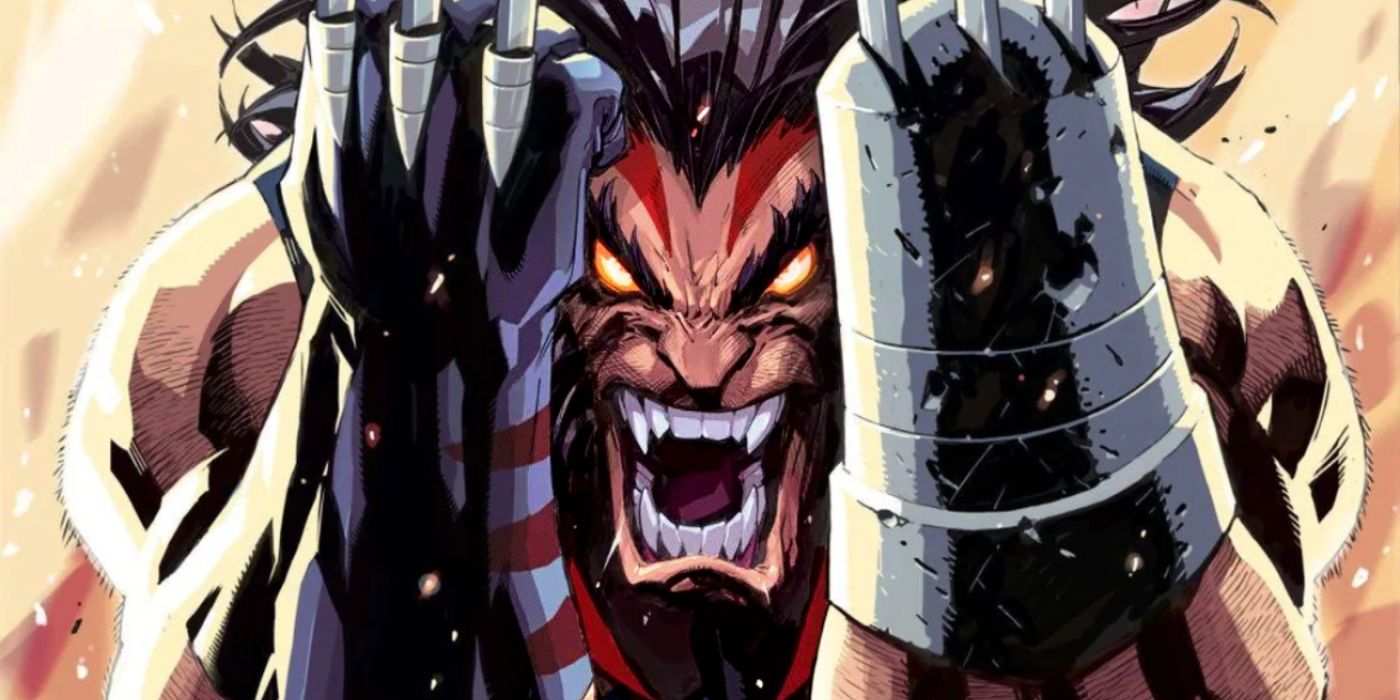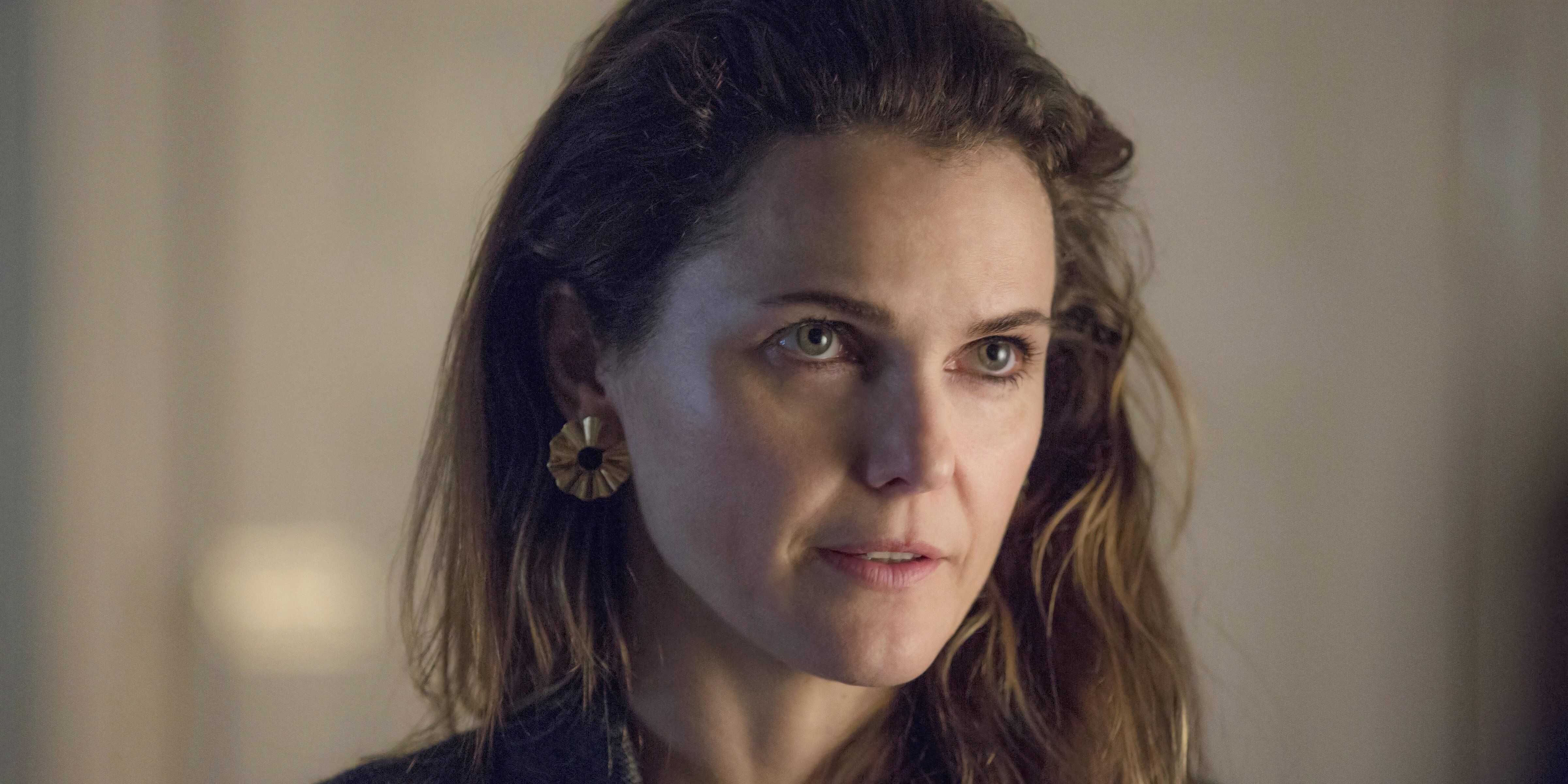Stanley Kubrick’s careful compositions and bold vision brought many adaptations to life. 2001: A Space Odyssey was based on a short story, andA Clockwork Orange is an adaptation of the Anthony Burgess novella of the same name.Lolita, Barry Lyndon, and Eyes Wide Shut round out his takes on literature, but his adaptation of Stephen King’s The Shining is perhaps his most recognizable. Kubrick’s take on The Shining is so synonymous with cinema that it surpasses the usually limited prestige handed to horror. The adaptation was divisive with book purists, including King himself, who famously hated the casting of Jack Nicholson, as he found the actor too obviously unstable. But Nicholson’s constant thrum of equal charm and malice resonated with audiences, as did the film’s striking visuals. From composition to color to the use of textures and patterns, Kubrick’s roots in photography are evident in The Shining. And one photographer in particular, Diane Arbus, had a profound effect on the iconography of the film. As reported by The Art Newspaper, one of her portraits inspired Kubrick to cast the iconic twins as the Grady sisters.













 Bengali (Bangladesh) ·
Bengali (Bangladesh) ·  English (United States) ·
English (United States) ·